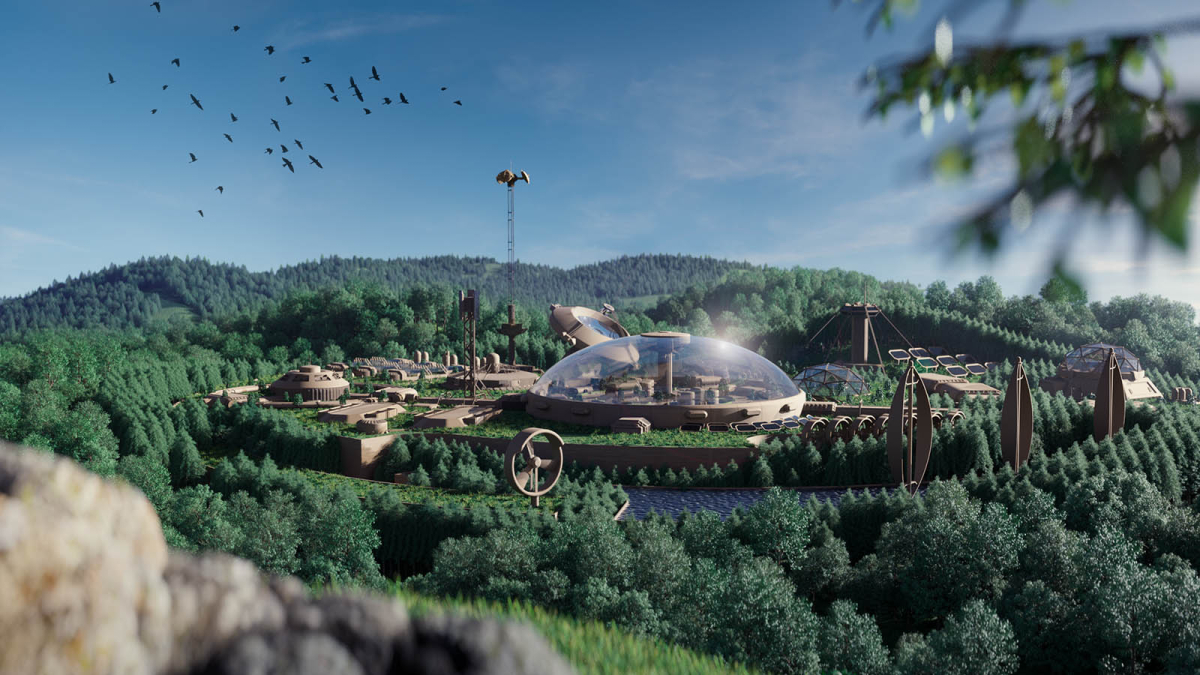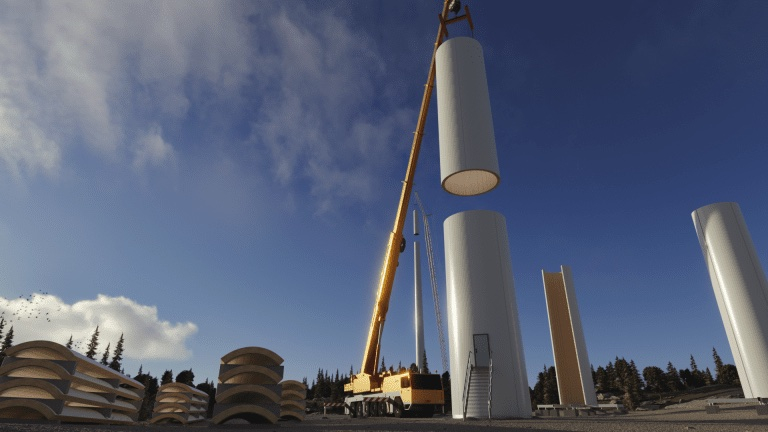How a startup with genetically modified trees wants to fight climate change
The startup LivingCarbon has modified the DNA of poplar and pine trees using a genetically manipulated bacterium. As a result, they should grow faster and have a higher photosynthesis yield. The company sells its improved CO2 balance in the form of emission papers. A long Technology Review article leaves Forest ecologists who are critical of this have their say see.
Faster growing trees have long been the goal of forest science and economics. Ecologist Sean McMahon is quoted in the post as saying, “It’s a billion-dollar industry. If you could harvest trees in five years, you would do that.” However, compromises are inevitable. A faster growing tree could be more susceptible to pests.
Fear of a super tree displacing other species and becoming a kind of forest weed, McMahon refuses. He considers it “difficult” to create such a tree. “I think it would be almost impossible to accidentally do that.”
The magazine also interviewed a geneticist about the risks. Keolu Fox from the University of California said: “We are talking about a change in Naturland – that is an act of desperation.” He does not see gene drift – i.e. the passing on of manipulated genes to other species – as a danger.
Finally, Living Carbon only plants female trees with no pollen production. Fox is committed to improving species. He sees no problem in the possible displacement of the “old version” by the new, faster-growing and more resilient poplar from Living Carbon.
The new trees are tested only in laboratory. The good growth rate is also due to the good supply there, say biologists. The trees receive plenty of water, fertilizer and everything they need there. Field trials are now to check how the trees grow if these resources are not used. In addition, their use should be included in the CO2 balance.
In addition, there is the question of the sugar that the increased photosynthesis produces. The trees have to transport it to the right places. However, according to experts, they are not able to do this.
Living Carbon, as a commercial company, already sells so-called carbon credits and emission certificates. The company speaks of a new ecological and economic age. Critics note that monthly subscriptions of $40 per tonne of CO2 removed are quite expensive.
They point out that in a field in Georgia, for example, only five percent of the poplar trees were of the new variety. In reality, customers are paying for a traditional reforestation project with a small experiment built into it.
In addition to super poplars, the company has developed trees that store toxic metals in their roots to clean up formerly industrial soils. Pines are also in the works, which have also been photosynthetically enhanced. Ecologists are critical: Living Carbon also acts in a non-transparent manner towards investors.
In addition, it is unnecessary to develop high-tech trees at great expense. “There are 80,000 tree species in the world. Maybe you should just find the species that actually grow fast and store carbon for a long time,” concludes Sean McMahon. He also sees the protection of existing forests as a more promising measure against climate change.



